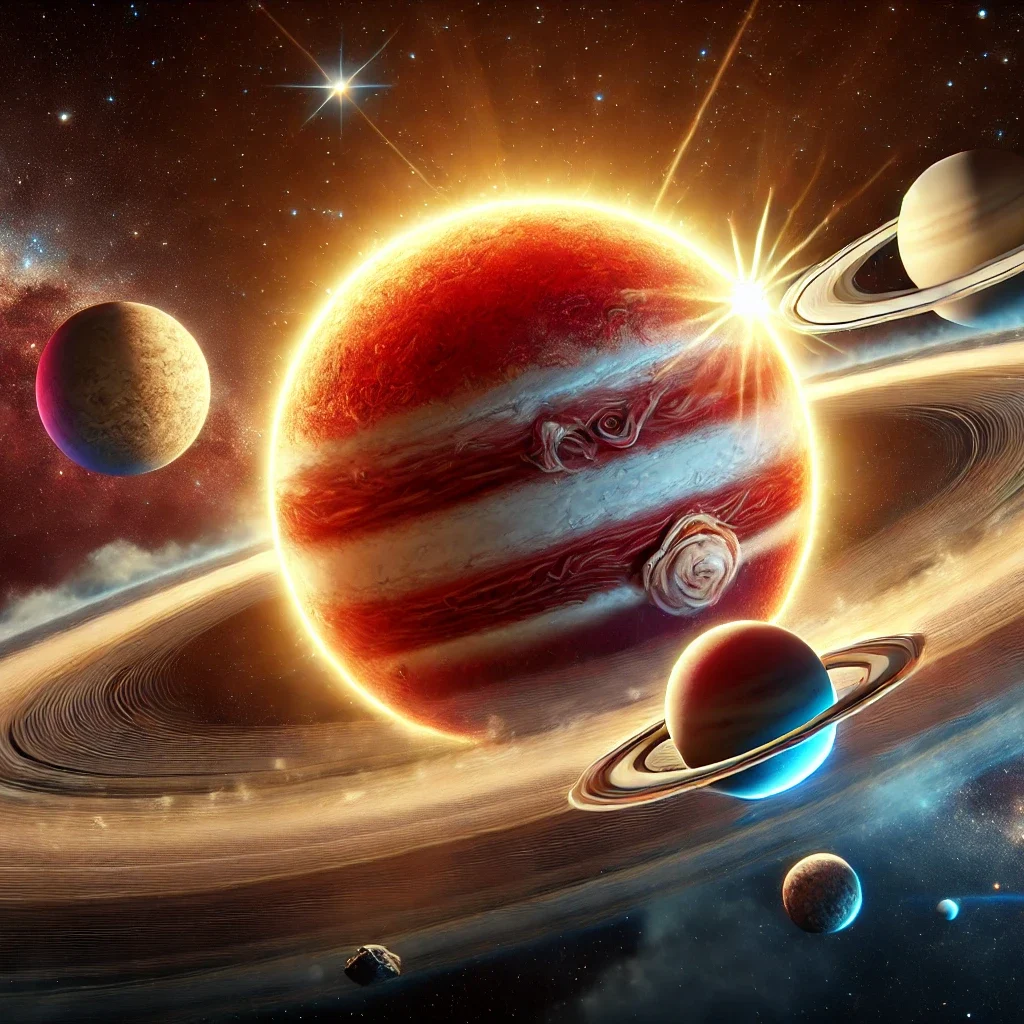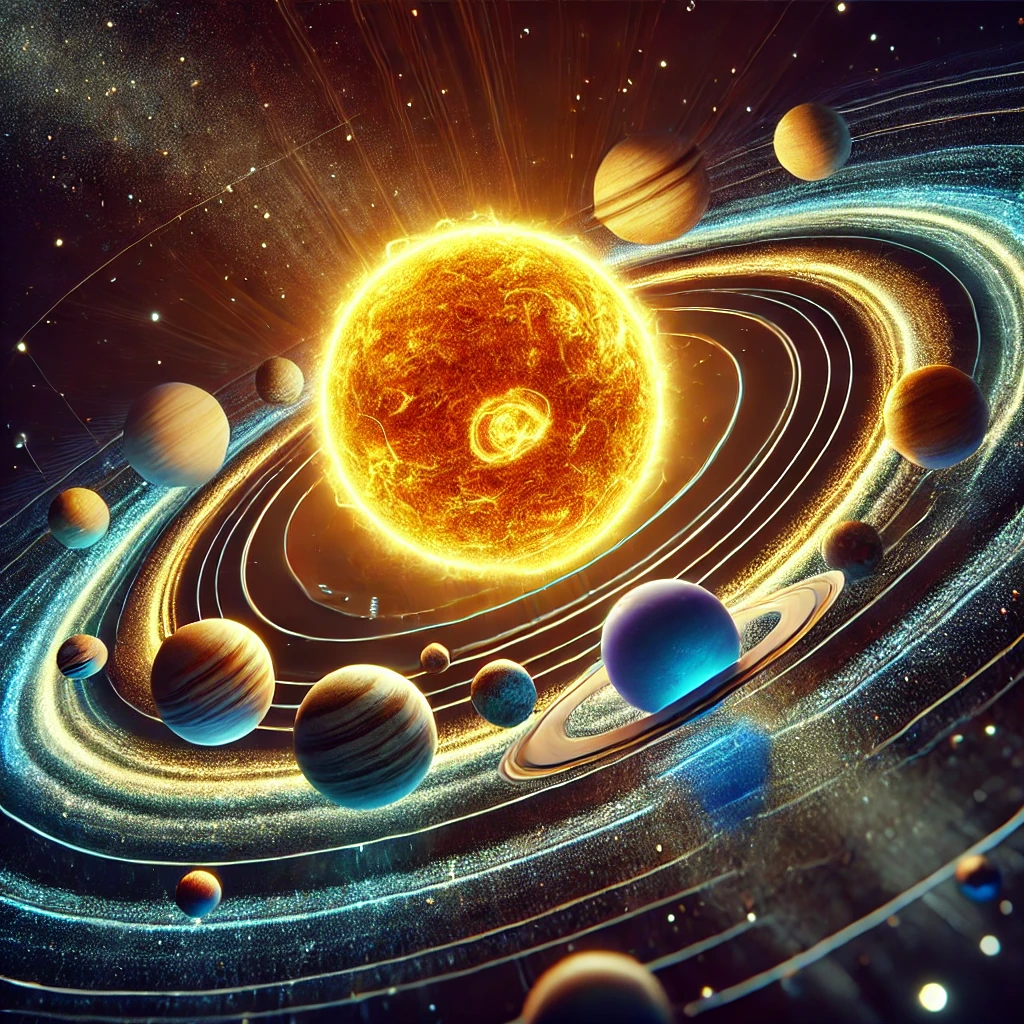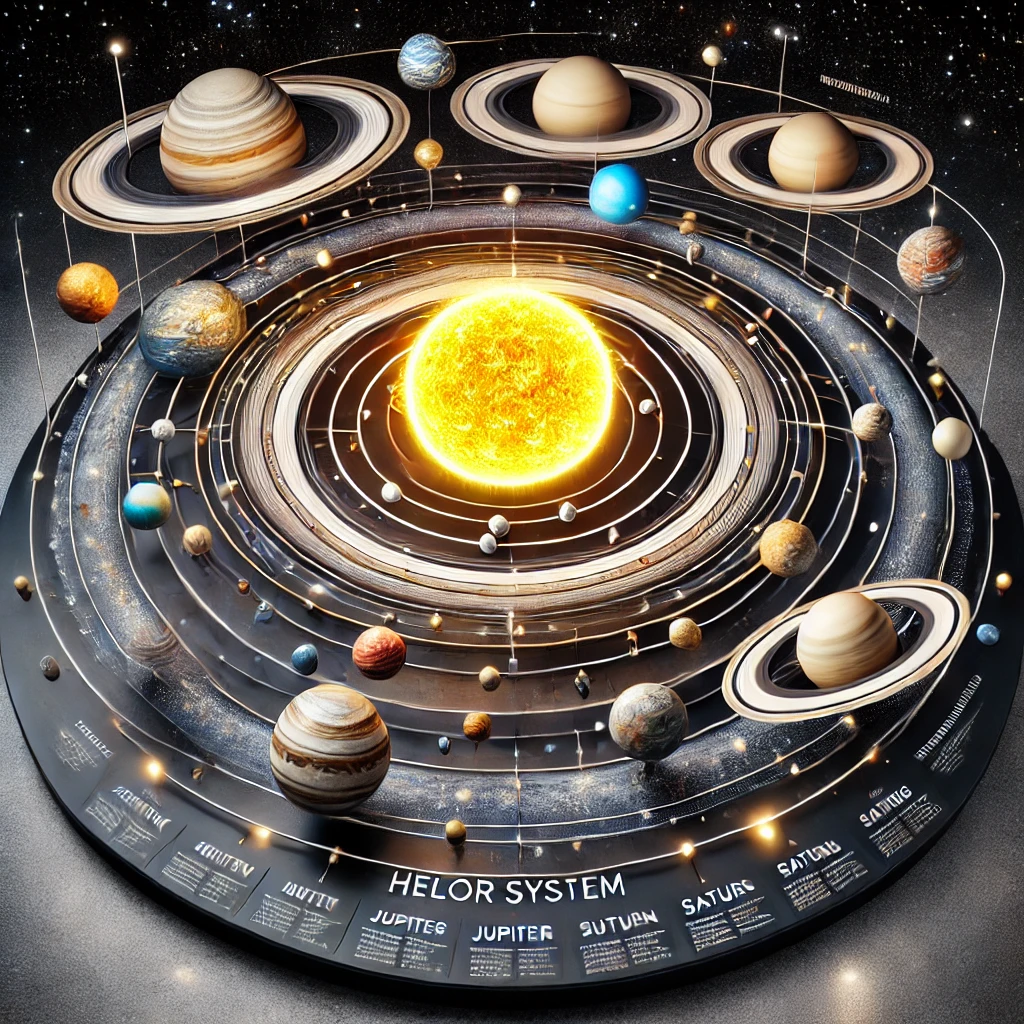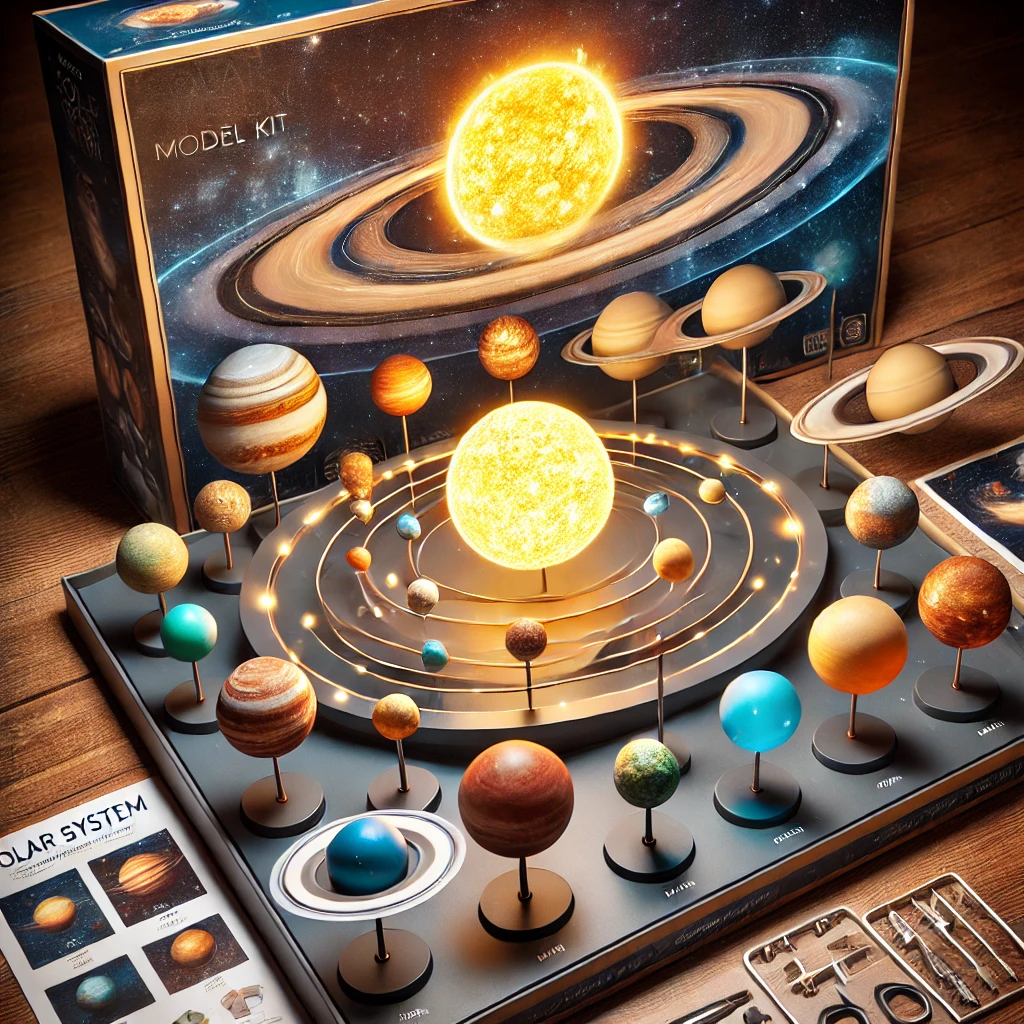A solar system model helps us visualize the arrangement and scale of planets in our galaxy. Crafting an accurate representation is fun and enlightening, whether for a school project, a hobby, an educational tool, or even as part of a children’s book that introduces young readers to the wonders of space. This guide will explore different types of solar system models, including 3D models, scaled versions, and historical models like geocentric and heliocentric systems.
What is the solar system model?
A solar system model is a physical or digital representation that demonstrates the arrangement and scale of our solar system’s Sun, planets, moons, and other celestial bodies. It helps visualize how planets orbit the Sun and their relative sizes and distances. Solar system models can range from simple educational tools to detailed, interactive 3D representations.
1. Accurate Solar System Model:
To build an accurate solar system model, you’ll need to consider both the scale of the planets and their distances from the Sun. Using proper scaling, you can represent the relative sizes of the planets and their orbits. A simple way to do this is by calculating the size ratio for each planet and then applying it to your materials. You can use foam balls for the planets, with each one painted according to its color, and connect them using wire to represent their orbits.

2. 3D Model of the Solar System:
Creating a 3D model of the solar system is an exciting way to visualize the planets in real space. This model could be physical or digital, depending on your preferences. A physical 3D model can be made using Styrofoam balls for the planets and colored paints to match their characteristics. For an even more realistic effect, you could use LED lights for the Sun to create a glowing center, or if you’re tech-savvy, you could design an interactive 3D model using computer software.

3. Geocentric Model of the Solar System:
The geocentric model of the solar system places Earth at the center, with all the planets revolving around it. Although this model was disproven long ago, it’s a historical concept that’s fun to explore. You can recreate this model to show how early astronomers believed the universe was structured before the heliocentric model took over.
4. Heliocentric Model of the Solar System:
In the heliocentric model of the solar system, the Sun sits at the center, and all the planets revolve around it. This is the model that we use today, thanks to the work of scientists like Copernicus and Galileo. You can create a working solar system model that shows the orbits of the planets around the Sun, perhaps with moving parts to demonstrate the dynamic motion of the planets.

5. Scaling a Model Solar System:
When building a scale model of the solar system, it’s crucial to understand the vast distances between planets. A common project involves using a large field or a long hallway to scale down the solar system, with each planet placed according to its real-world distance from the Sun. For instance, using a scale of 1 cm for every 1 million kilometers, you can easily see how distant Pluto is from Earth, compared to how close Venus is to the Sun.
6. Mechanical Model of the Solar System:
A mechanical model of the solar system, also known as an orrery, is a fascinating way to showcase the movements of planets. This type of solar system model uses gears and motors to simulate the orbits of the planets around the Sun. The mechanical system works by having different-sized wheels that represent each planet, turning on different axes to mimic the planets’ revolutions.
7. Solar System Model Kit for DIY Projects:
A solar system model kit is an excellent option if you’re not into building from scratch. These kits come with all the necessary materials—planets, paints, and assembly instructions—to help you create a model easily. You can choose between static models or kits with moving parts. Some kits also offer a chance to make a solar system model project with lights that simulate day and night on Earth.

Why Did Scientists Change the Model of Our Solar System?
The solar system model has evolved over time due to advancements in technology and better observations. The geocentric model was widely accepted for centuries until scientists like Copernicus proposed the heliocentric model. This shift revolutionized our understanding of the cosmos and set the stage for modern astronomy. As technology improved, scientists were able to observe the planets in greater detail, which allowed them to refine the model and understand the solar system’s true structure.
Conclusion:
Creating a solar system model is a fantastic way to explore and understand the vastness of our galaxy. Whether you’re building a 3D model, a scaled version, or a historical model like the heliocentric or geocentric systems, these projects offer both educational value and fun. Perfect for school projects, hobbies, or even featuring in a children’s book, a solar system model can help spark curiosity and deepen knowledge about space. Start your project today and bring the wonders of the universe closer to home!
FAQS:
Why did scientists change the model of our solar system?
Scientists changed the solar system model from geocentric to heliocentric due to observations that Earth wasn’t the center of the universe. The heliocentric model better explained planetary motion, especially retrograde motion, leading to a more accurate understanding of our solar system.
Which scientist developed the heliocentric model for the solar system?
Nicolaus Copernicus developed the heliocentric model in the 16th century. He proposed that the Sun, not the Earth, was at the center of the solar system, revolutionizing our understanding of planetary motion.
What is the geocentric model of the solar system?
The geocentric model is an ancient theory where Earth is placed at the center of the universe, and all planets, including the Sun, revolve around it. This model was widely accepted until the 16th century.
How to make a model of the solar system?
To make a model of the solar system, start by gathering materials like foam balls, paint, and wire. Paint each planet according to its color and arrange them on wires to represent their orbits around the Sun. Scale the planets and distances for accuracy.
How to build your own solar system model?
To build your own solar system model, first, decide on a scale for the planets and distances. Use foam or clay for the planets, paint them accurately, and arrange them in order on wires or a stand to represent their orbits.
How can I learn the planets in the solar system?
To learn the planets, start by memorizing their names and order: Mercury, Venus, Earth, Mars, Jupiter, Saturn, Uranus, Neptune. Using a solar system model can also help visualize their positions and sizes relative to each other.
What are the steps of modeling the solar system?
Steps to model the solar system include:
- Choose your scale for planet sizes and distances.
- Create planets using materials like foam or clay.
- Paint the planets with their respective colors.
- Arrange the planets in their correct order and attach them to represent orbits.
How to explain a model of the solar system?
To explain a model of the solar system, start by describing the Sun as the center and explain that the planets orbit it. Discuss each planet’s characteristics, their distance from the Sun, and how their size and orbit differ.
Additional Resources:
For further information on creating your solar system model, here are some useful external resources:

Empowering parents to raise happy, confident kids. Get practical parenting tips and advice on our blog, Smart Parent Guides.
